There are 45 companion plants for jalapenos in this list. Whether you want to establish an herb, vegetable, ornamental, or versatile garden, you can do so with jalapenos as the starting point.
Grown as flowering plants, jalapenos form part of the bigger capsicum or nightshade family. This family also includes sweet bell peppers and spicy habaneros, to name a few. While they add flavor and rich nutrition to your meals, jalapenos are also versatile in the garden.
You can pair them with a wide range of plant types, including herbs, vegetables, and ornamental flowers. Thriving in sunny areas, you can put them directly into the grown, raised garden beds, or even large pots for abundant harvests.
With a healthy and versatile jalapeno garden, you will also enjoy a rich yet free supply of organic food crops. So, to create that garden of your dreams, here’s a complete guide of over 40 recommendations for the best companion plants for jalapenos.
Table of Contents
What Are The Best Companion Plants for Jalapenos?
The best companion plants for jalapenos include basil, chamomile, garlic, carrots, pumpkins, spinach, eggplants, and petunias, to name a few. Unlike many plants, jalapenos pair well with a wide range of plants during their growth. In particular, jalapenos grow well with a good number of herbs, alliums, vegetables, nightshades, and even, ornamental annuals, and perennials.
According to some gardeners, jalapenos also grow well with legumes, such as beans and peas. However, this is sometimes contested by other gardeners. So, legumes usually fall on the list of the best and worst companion plants for jalapenos.
As mentioned above, jalapenos are flowering plants that fall under the capsicum or nightshades family. Like other members of their family, jalapenos are classified as peppers and have a spicy and hot kick. You can, however, find sweeter and non-spicy members of the family, such as bell peppers.
Jalapenos, typically, require the sun to grow, blossom, and set their fruit. But, while they prefer sunny settings, they also need to be sheltered from the wind. They also prefer a warm climate (around 65 to 90 degrees Fahrenheit) and thrive in loamy, well-drained soils rich in organic matter.
Jalapenos also prefer near-neutral soils (on the slightly acidic side) between the pH of 6.0 and 6.8. Yet, they can also do well in slightly more acidic or alkaline conditions. So, you want to pair the peppers with plants that thrive in similar conditions. But, make sure these plants don’t compete for resources or space with the peppers.
Why Pair Jalapenos With Companion Plants?
Pairing jalapenos with companion plants offers a two-way benefit that favors either plant. In fact, growing jalapenos with companion plants come with several perks. For instance, larger companion plants offer shade and a wind barrier for the peppers.
Moreover, jalapenos are climbing plants, so picking the right pairing plant provides a natural trellis support rather than using artificial wooden or metal ones. With a natural trellis, you don’t only add interest to the garden.
A good number of plants that act as a support are also excellent food crops (adding more value to your garden) or ornamental plants (adding beauty). Further, these supportive plants also come with added perks like their pest control abilities.
Many jalapenos companion plants come with pest-repelling properties, particularly pests that prey on the peppers. These include aphids, mites, nematodes, whiteflies, cucumber beetles, crickets, and slugs, to name a few. Other companion plants help boost their growth and favorable properties.
For example, some companions promote moisture retention. Other companions are naturally fragrant and help to repel pests while others naturally boost the flavors of the pepper. You will also find companions that promote strong growth and abundance in the harvest.
It’s worth noting that jalapenos are flowering plants and promote a good number of pollinators that help their companions grow and thrive too.
45 Gardner-Recommended Compatible Plants to Pair with Jalapenos
When selecting pepper companion plants, it’s essential to consider those that share similar environmental needs. Basil plants, tomato plants, and members of the brassica family, such as Brussels sprouts, are excellent companion plants. They not only thrive nearby but also help in controlling weeds, maintaining soil moisture, and attracting parasitic wasps to combat common garden pests.
Herbs
1. Basil
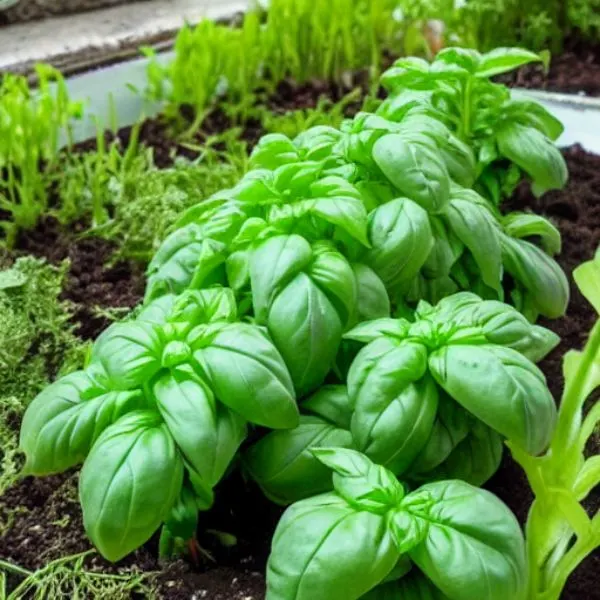
Basil is an excellent companion plant for jalapeño peppers, not only enhances the flavor of peppers but also serves as a living mulch, conserving soil moisture and improving overall garden health.
These herbs come with countless benefits for jalapenos. When planted near the peppers, the herb does a fantastic job of improving its flavor. While they both grow well on the ground, you can enjoy the best of this companionship when you pair them in large growing pots.
In addition to promoting their flavor improvement, basil boosts pepper production. This is because it attracts several pollinators, including bees. The herb grows small white ornamental flowers packed with nectar which attracts these pollinators.
So, with increased pollination, you also enjoy a higher crop yield. Basil also naturally boasts a strong and distinctive fragrance that helps to repel pests that prey on the peppers. Common pests basil helps to repel include aphids, spider mites, mosquitoes, and flies.
2. Parsley
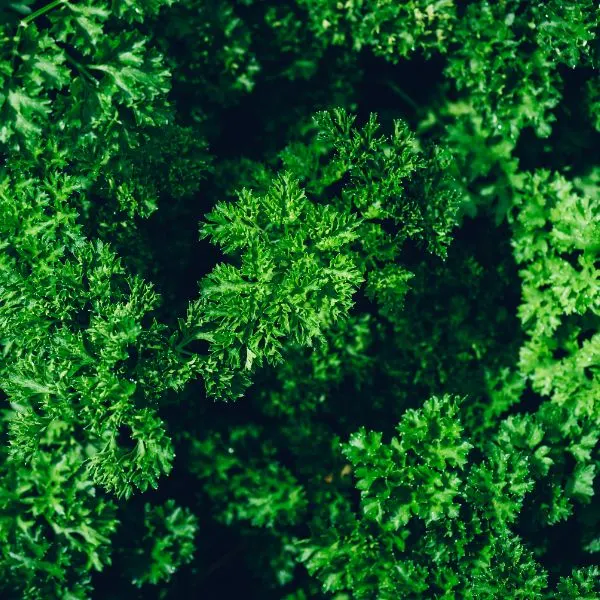
Parsley benefits jalapenos by naturally retaining moisture in the soil. This is because the herb doesn’t compete for water in the soil when paired with the peppers. Compared to jalapenos, parsley doesn’t consume a lot of water and boasts shorter leaves.
You can also surround peppers with parleys to protect them from pests. Parsley is a pretty effective crop, helping to curb insects, such as caterpillars and worms.
Tip: For the best results, deeply water jalapenos planted with parsley twice a week. This will result in the parsley taking up water near the top while preventing moisture underneath from dissipating into the air.
3. Cilantro
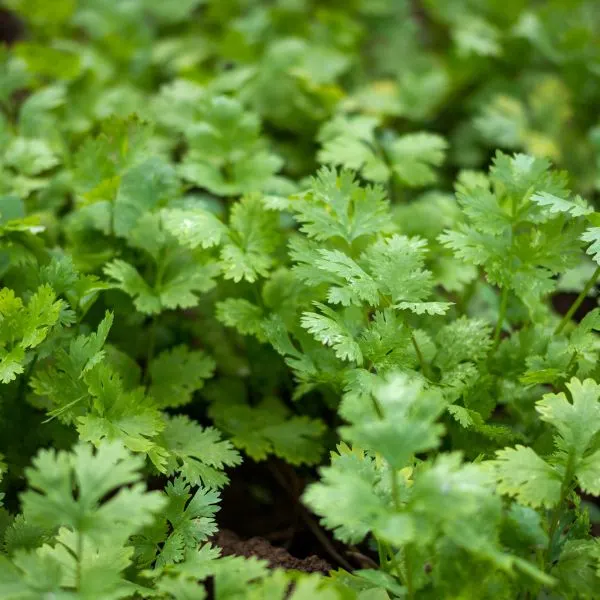
Cilantro grows fragrant leaves that help to repel unwanted pests from jalapenos. On the other hand, the fragrant herb also promotes beneficial insects, such as ladybugs. Further, cilantro also attracts hoverflies whose larvae love to feed on aphids.
4. Dill

Dill grows perfectly with jalapenos on the ground and in pots. These soft-scented herbs use their scent to deter pests that may destroy peppers, such as aphids and flies. Grown en masse near jalapenos, the herbs also provide ground cover to prevent moisture loss.
When you plant the two, you can also enjoy a free, constant, and organic supply of essential ingredients for canning – if you live canning your peppers!
Note: While carrots and dill pair well with jalapenos, they don’t grow well together. The herb and vegetables stunt each other’s growth – so, you have to pick which one to add to your garden.
5. Marjoram

Marjoram is a low-growing herb, which means it doesn’t compete for space with jalapenos. But, this is not all it does for the peppers. Pairing the two plants also helps to naturally improve the flavor of the peppers.
6. Oregano
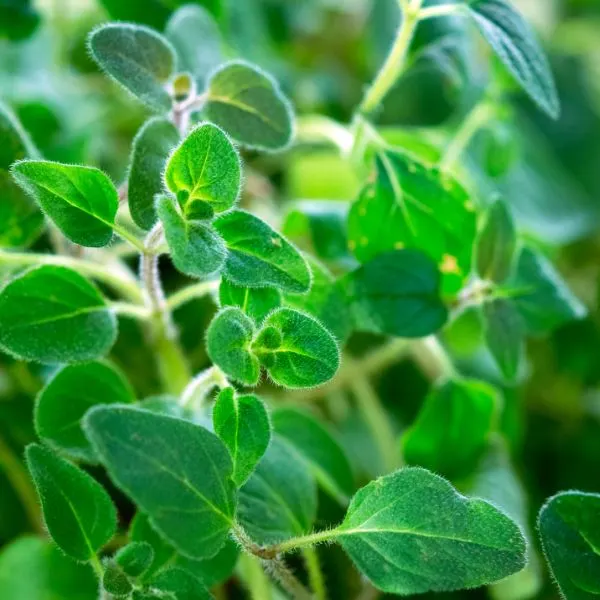
Like dill, oregano also improves the flavors of jalapenos by enriching the soil. It also provides ground cover to retain moisture. Oregano also boasts natural essential oils that repel unwanted pests. The herbs also grow tiny flowers filled with nectar that attracts a lineup of pollinators, including bees, wasps, and butterflies. In turn, this helps to boost the fruit yield while increasing the number of pest-reducing insects.
7. Thyme
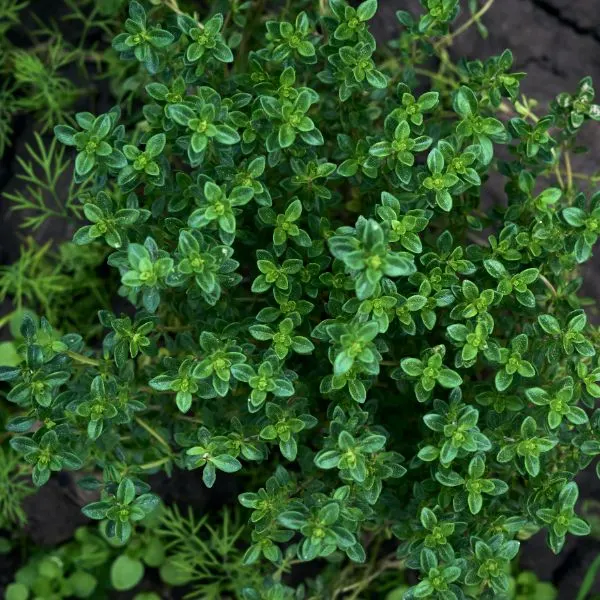
Thyme is loved for the numerous types of pollinators it attracts which, in turn, grow your pepper yield. Thyme can also grow rapidly which makes it great for strategically lining it around the edges of the garden and the peppers. This allows the herbs to spread and create a thick ground cover. The ground cover also comes in handy in retaining moisture in the soil.
8. Rosemary
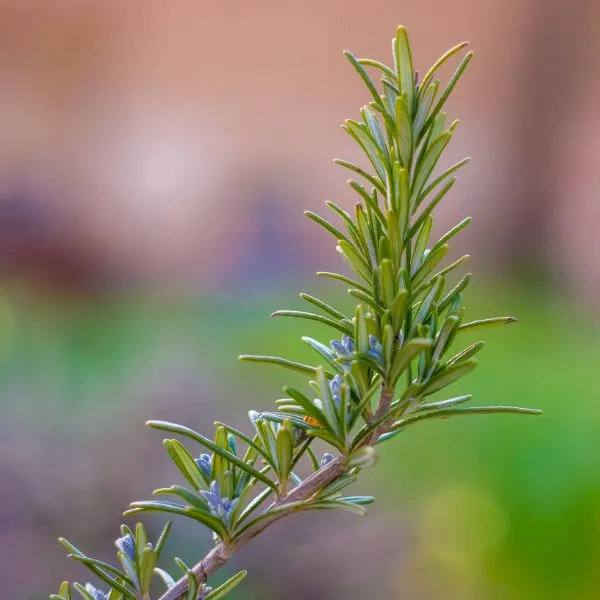
Rosemary is one of the most beautiful hardy herbs to add to your garden. This perennial herb develops striking foliage, distinctive colors, and a naturally sweet fragrance. The lovely scent makes it a perfect pair for your jalapenos in the garden.
In addition to its pest-repelling abilities, it improves the flavors of your pepper. Further, rosemary grows rapidly, helping to prevent the growth of weeds around your precious plants.
9. Lovage
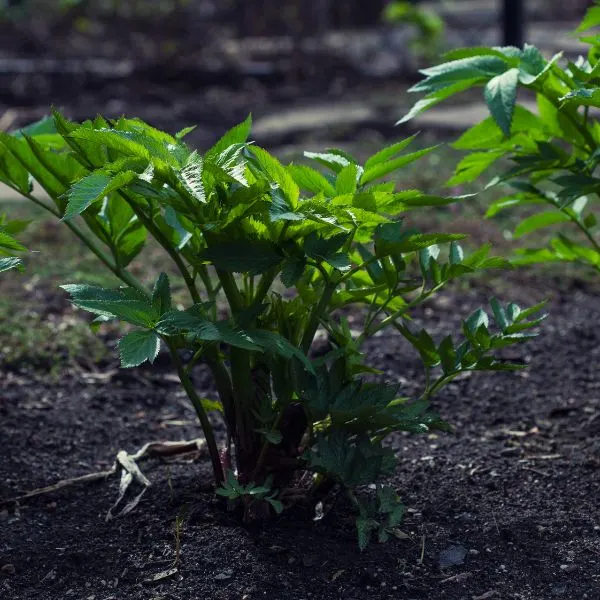
Lovage is a tall perennial plant that serves as a food crop entirely. It produces leaves used as herbs, its roots as vegetables, and seeds as a spice. The herbs are particularly prominent in southern European cuisine.
This taller herb does a perfect job of protecting jalapenos from the winds (that can easily dry and destroy the peppers) and excess sunlight. Lovage also improves the health and flavor of jalapenos.
Flowering Herbs
10. Hyssop
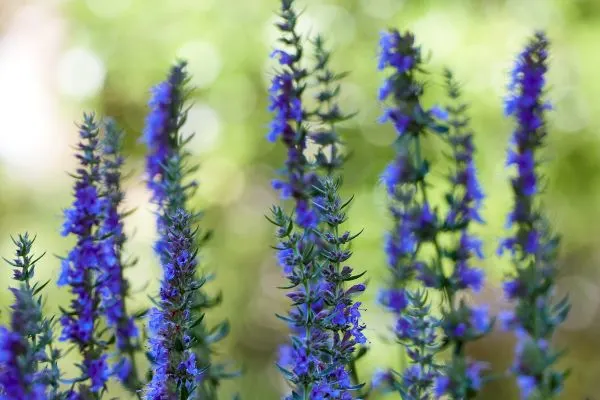
A good selection of flowering herbs also grows well with jalapenos for added garden interest and food supply. Hyssop is one of these herbs. Its beautiful showy blossoms attract beneficial insects in the garden for enhanced biodiversity. These beneficial insects also help to curb unwanted pests, such as aphids.
11. Borage
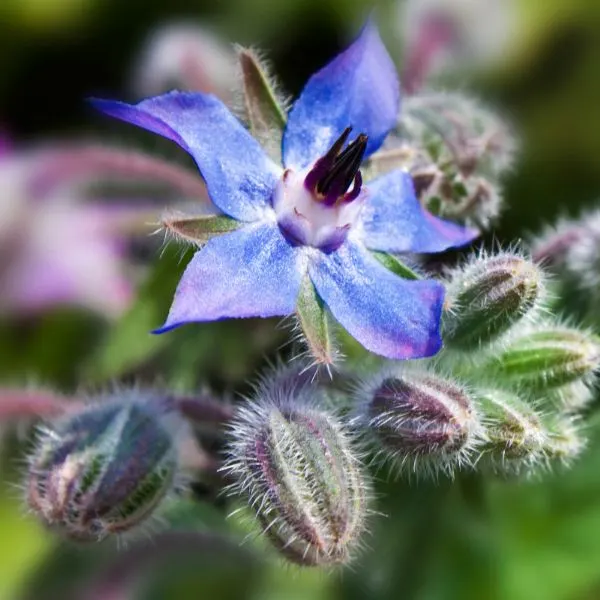
Borage grows striking blossoms with a fuzz-like finish and can self-seed. This allows the herbs to naturally grow every year. The showy flowers of this herb offer an excess supply of nectar which keeps pollinators coming for more. Borage also helps to repel unwanted pests from jalapenos.
12. Chamomile

Planting chamomile with jalapenos doesn’t only add interest to your garden. The pleasant flowering plants release a special chemical that helps to naturally drive jalapeno-preying insects away. These include insects such as eelworms and nematodes.
13. Marigolds
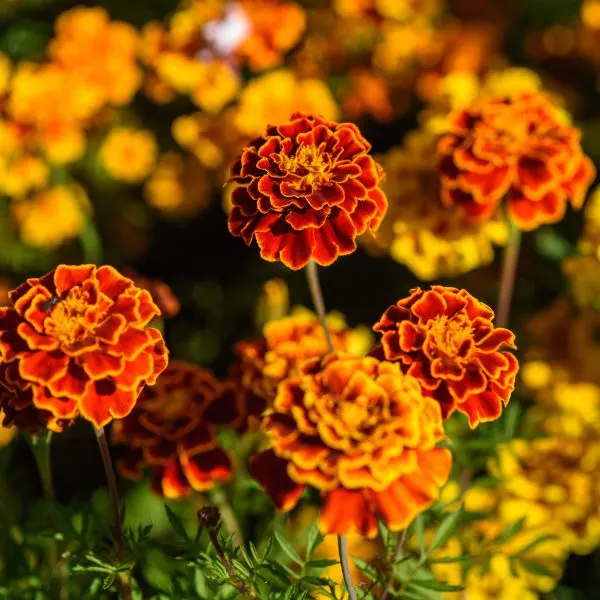
Whether African or French marigolds, these beautiful flowering plants make good companion plants and pair perfectly with jalapenos. Marigolds help to stimulate the growth of your peppers. But, its most prized abilities are protecting peppers from pests, keeping them “clean”, and being the sacrificial plant.
The flowering plant does an incredible job of repelling aphids, nematodes, whiteflies, and slugs. In fact, marigolds are known to “clean” surrounding plants, such as peppers, by attracting white flies. They get their sacrificial title by trapping unwanted insect pests by acting as natural predators for effective pest control. They essential protect your pepper patch.
In addition to their pest control and growth-promoting properties, marigolds feature a vibrant blossom color that adds interest to your garden. It also helps to attract beneficial pollinators – with some taking care of the pest problem.
Furthermore, these good companions help manage insect pests, acting as natural predators to maintain a healthy balance in your pepper patch.
Alliums
14. Garlic
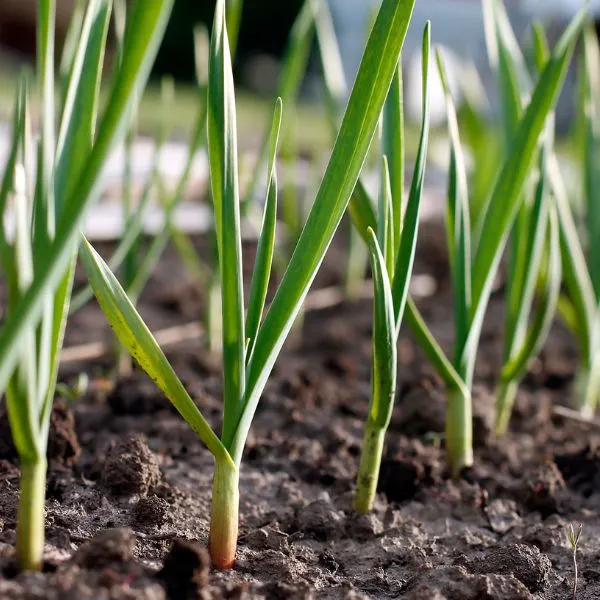
Garlic thrives in full sun as peppers and the two grow together well. Garlic also grows shallow roots. Ensuring they don’t compete with jalapenos for nutrients. However, it’s not only the growing conditions that make garlic an excellent companion plant for jalapenos.
Garlic naturally boasts a striking and strong sulfur aroma that helps to keep pests and weeds out of your garden. So, planting it in your garden aids in pest control without the use of harsh chemicals. It is particularly effective at repelling aphids, mites, worms, slugs, and snails.
Planting garlic with your jalapenos will also improve the overall flavors of the latter.
15. Chives

Chives are another excellent member of the alliums family to add to your garden. Like garlic, chives also boost the flavor and the yield of jalapenos. Chives also can repel aphids which love to feast on jalapenos.
16. Onions
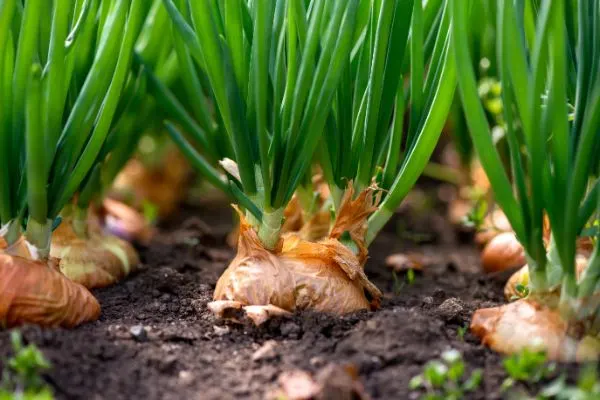
Onions also boast a strong aroma that keeps the garden clean from cabbage worms, aphids, and slugs among other pests. So, when paired with jalapenos, onions protect the peppers from pest infestation.
17. Leeks
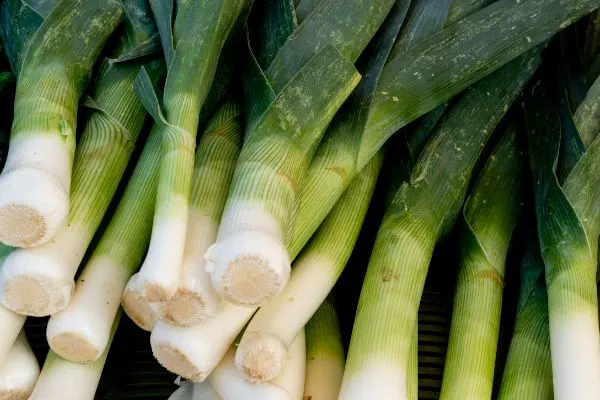
Unbeknownst to many people, leeks are part of the Alliums family. The best part of adding leeks to your garden is they don’t take up a lot of space. So, they pair pretty well with peppers. Further, leeks also boast pest-repelling properties. Leeks also add great flavor to soups and sauces, so you will enjoy round the clock supply without spending a buck.
Vegetables
Vegetables with shallow root systems complement jalapeños well in a small space, as they don’t compete heavily for soil nutrients.
18. Buckwheat
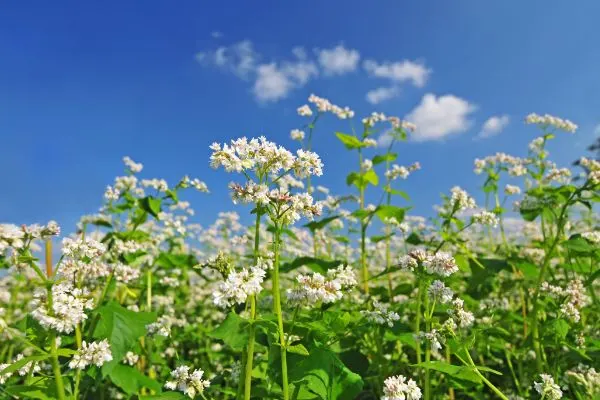
Buckwheat is a pseudocereal grain grown for its grain-like seeds and as a cover crop. This grain also grows as a flowering plant and does an incredible job at attracting good pollinators. Some of these pollinators are also predatory insects that help take care of unwanted pests.
Growing buckwheat around your jalapenos will also boost their growing results. This is because buckwheat enhances soil structure and increases your yield.
19. Corn

A popular summer crop, corn is a good companion idea for peppers if you have ample space. If you have a large garden, you can incorporate the tall crop for a unique look. When paired with peppers, corn helps to break wind and protect the peppers from excess sunlight. Corn is also a trap crop, helping curb aphid infestation in the garden.
20. Beets
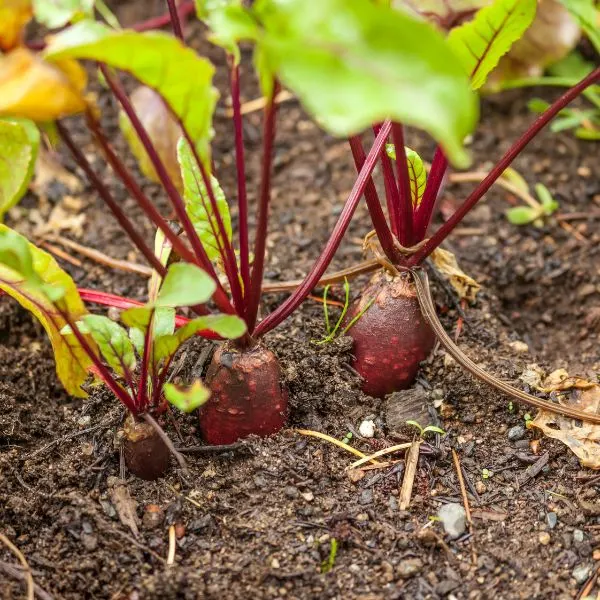
Beets are a good companion plant for jalapenos if you plan on growing peppers outdoors. Beets are hardy so they do very well in the garden with little attention. As a root vegetable, beets prevent weed build up.
On the other hand, its low-growing leaves provide the soil with the much-needed shade to reduce moisture loss. In turn, it provides the best conditions for jalapenos to thrive. So, if you have extra space in the garden near the peppers, you can use it by filling it with beets.
21. Asparagus
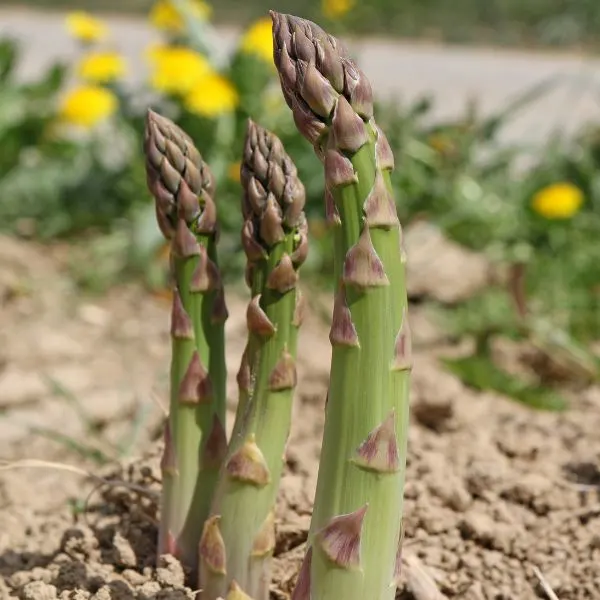
Asparagus is an invaluable vegetable to have in the garden. This plant offers a long cultivation period of over 20 years, ensuring a steady supply for a long period. On the other hand, it also produces beautiful green and white flowers supported by its striking feathery foliage.
The beautiful flowers and rich nectar guarantee a good supply of pollinators which also take care of unwanted pests. Asparagus doesn’t take up much space so it grows comfortably with peppers. You can also surround it with jalapeno-loving herbs, such as oregano and parsley for better garden utility.
Asparagus also takes up space to prevent weeds from spreading while its medium-sized leaf foliage provides partial shade to jalapenos.
22. Carrots

Grown for their edible roots, carrots can be annuals or biennials. Pairing carrots and jalapenos creates a win-win situation. Jalapenos improve the taste of carrots while their roots offer a layer of mulch to keep jalapenos roots cool and retain moisture. Jalapenos don’t require a lot of water to grow.
But, they thrive best where soil slowly and gradually dried instead of rapid loss due to full sunlight. Having the carrot roots provide the mulch prevents this unnecessary moisture loss. It also reduces the need to constantly water your peppers.
Additionally, carrots reduce weeds in the garden to allow jalapenos to thrive and give the appropriate spacing. You can also pair carrots with other jalapeno companion plants, such as marigolds, onions, tomatoes, and lettuce. This allows both carrots and lettuce to benefit from their pest-repelling properties.
23. Parsnips
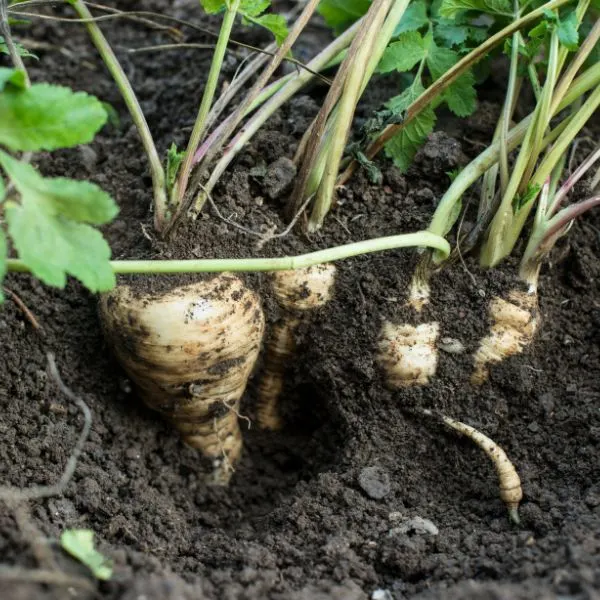
Parsnips are flowering plants that produce root vegetables and are closely related to carrots, celery, and parsley. Growing as an annual, parsnips attract pollinators, in turn, increasing the pepper crop yield. They also help to crowd out weeds while their roots act as a mulch to prevent moisture loss.
24. Celery
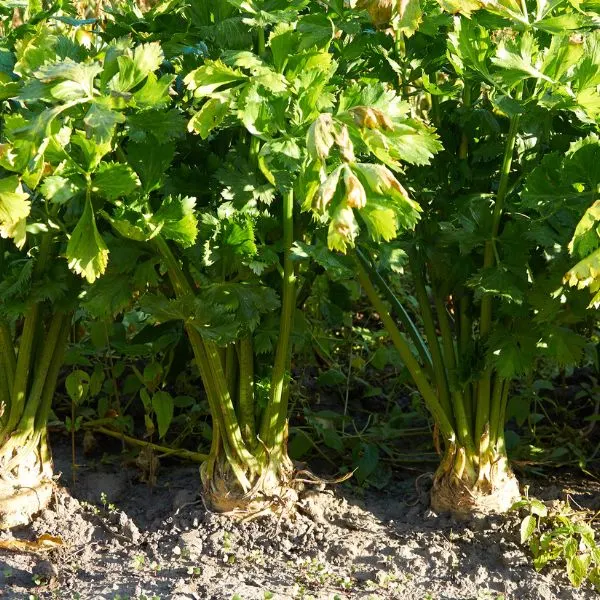
Celery paired with jalapenos helps to limit soil disease while promoting the growth of your peppers. Unlike peppers, however, celery requires a lot of water to thrive. Yet, this doesn’t interfere at all with the growth of your peppers.
Note: To ensure both plants thrive, plant celery before your peppers. Remember, celery is a cool-season vegetable while jalapenos are a warm-season plant.
25. Okra

Grown with jalapenos, okra protects the peppers from wind and the elements while shading them too. In a hot climate, this companionship comes in pretty handy as it helps reduce moisture loss. This, in turn, allows the peppers to thrive better and produce a more abundant yield. Okra also has a natural fragrance that helps to repel pests, particularly aphids, leaving jalapenos safe.
26. Lettuce
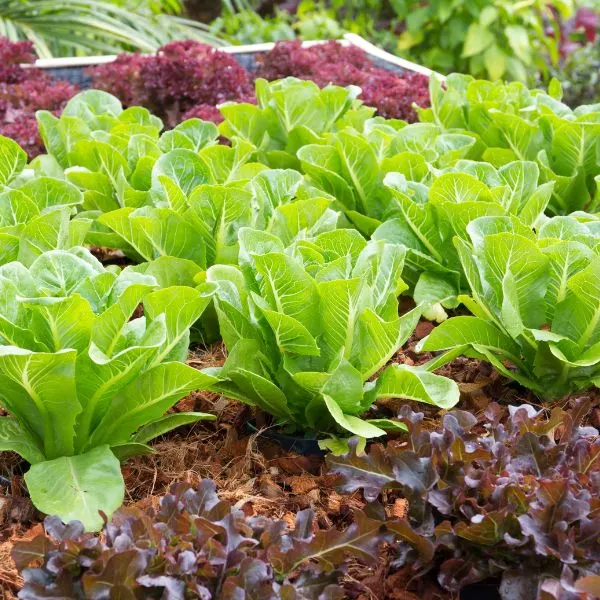
Lettuce grows perfectly with jalapenos, filling up the empty space between each pepper tree. Simply plant it at the base of the pepper plant. Alternatively, you can plant lettuce and peppers in alternating rows. As it takes up excess space, lettuce helps to crowd out weeds from your garden. Since it has shallow roots, lettuce doesn’t compete for nutrients with jalapenos.
Cucurbits
27. Pumpkin
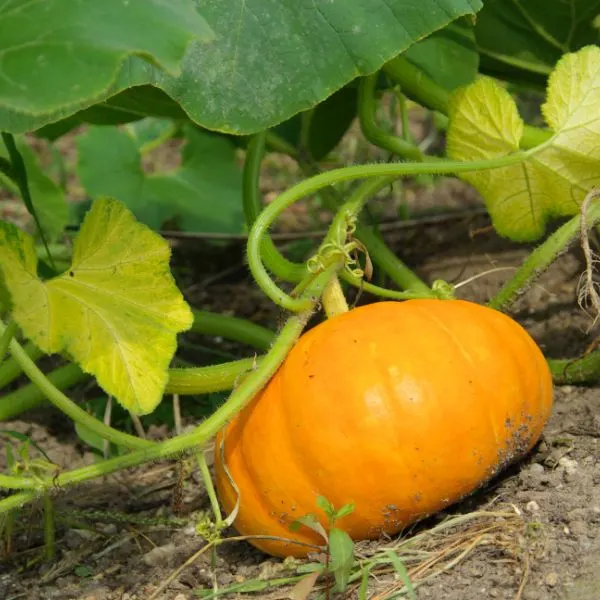
The cucurbits family features a lineup of vining plants, such as pumpkins, squash, melons, gourds, cucumbers, and watermelons. Without a vertical supporting structure or trellis, these plants usually sprawl all over the place with their large leaves.
This is where jalapenos jump in. Since they don’t trail about on the ground and don’t compete for nutrients, they pair perfectly with most cucurbits. All you do is pluck out some of the lower hanging leaves of the pepper plant to leave enough space for the pumpkins to crawl and branch out.
In return, the large leaves of pumpkin leaves provide the much-needed ground shade to keep the soil temperature low. This helps to significantly reduce moisture loss.
28. Squash
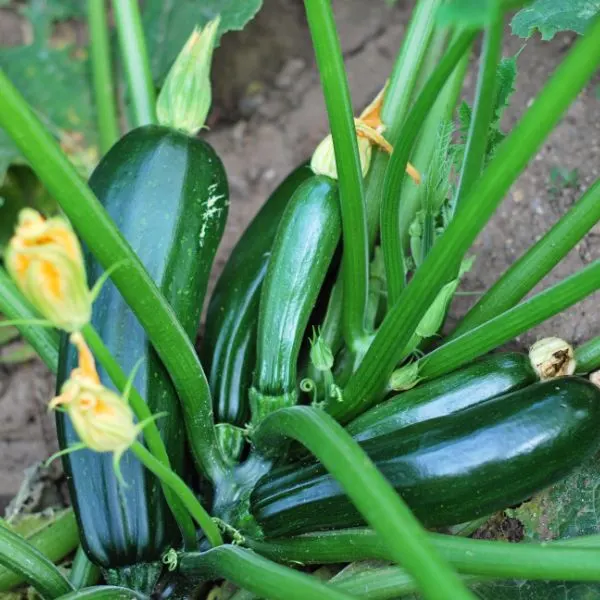
Squash are built just like pumpkins and follow a similar growing pattern when paired with jalapenos. Their main benefit in pairing with jalapenos is helping space out weeds and reducing moisture loss from the soil.
29. Cucumbers

When planted without shade, cucumbers benefit from the space provided by peppers. In return, they keep the soil temperatures low to prevent moisture loss while crowding out weeds. But, even when grown on a vertical supporting structure, cucumbers still benefit the peppers. They offer partial shade to the peppers, especially during extremely hot days.
Brassicas
30. Chard
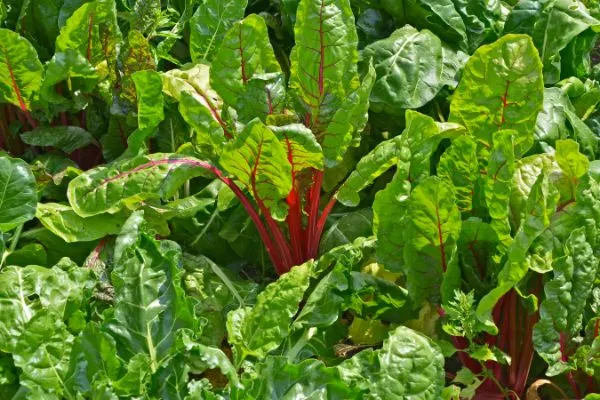
Brassicas or cruciferous vegetables are another vegetable group that pairs well with peppers. It is however important to remember that not all Brassicas are compatible with jalapenos. Swiss chard is one of the compatible Brassicas members.
Chard does a good job of protecting jalapenos from harsh winds and excessive sunlight as it provides shade. It also fills up extra space to crowd out weeds. Chard is a colorful vegetable with colors ranging from white and yellow to red. So, adding it to your garden incorporates the much-needed pop of color.
31. Spinach

Spinach is another excellent companion Brassica for jalapenos. While it helps fill up extra space and grows near jalapenos, spinach doesn’t compete with the peppers for nutrients, water, or sunlight. Its space-saving properties also come into play to space out weeds.
Lettuce is also fast growing – allowing harvest in just 45 days. This means that you always have free space to grow different plants or regrow the lettuce every month and a half!
32. Radish

Like spinach, radish also helps you maximize your garden space. It also has a quick harvest period of just 4 weeks, leaving the space up for more growing every month.
Nightshades
33. Tomatoes
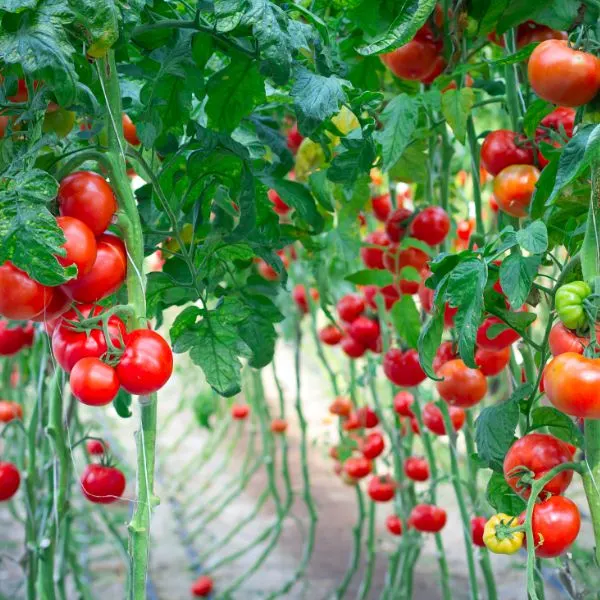
Nightshades aren’t the most popular companion plants for jalapenos. But, most members of this plant family still tolerate jalapenos. This is because growing peppers and nightshades increases the risk of disease spread between the two plants.
This is particularly true when they are grown in the ground together or in the same bed. You can slightly reduce this risk by planting them near each other in spate pots. Pairing them together on the ground or in the same bed, however, comes with its benefits.
Tomatoes help to improve the flavor of the peppers. They also provide them with much-needed shade to help retain humidity and reduce moisture loss. Further, because they take up space between the pepper plants, tomatoes also crowd out weeds.
While pairing nightshades and jalapenos may increase disease risks, tomatoes still boast pest-controlling abilities. They are particularly effective at reeling aphids.
34. Eggplant
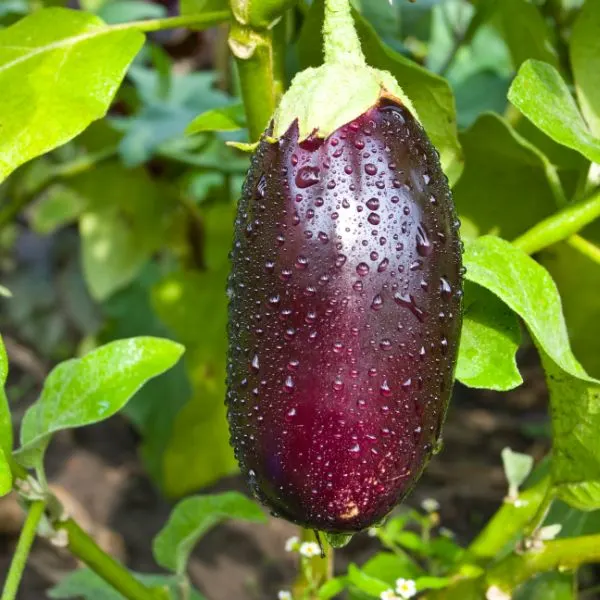
Also part of the nightshades or Solanaceae family, eggplants come with benefits for your pepper garden. Eggplants pair well with jalapenos to protect them from harsh winds. They also help to prevent pest infestations and curb weed growth. Eggplants usually develop a distinctive purple color that adds interest and beauty to any garden.
Legumes
Legumes can also be the right companion plants which can offer an added bonus by fixing essential soil nutrients. As you can imagine this creates higher yield and healthy growth for your jalapeño peppers.
35. Peas
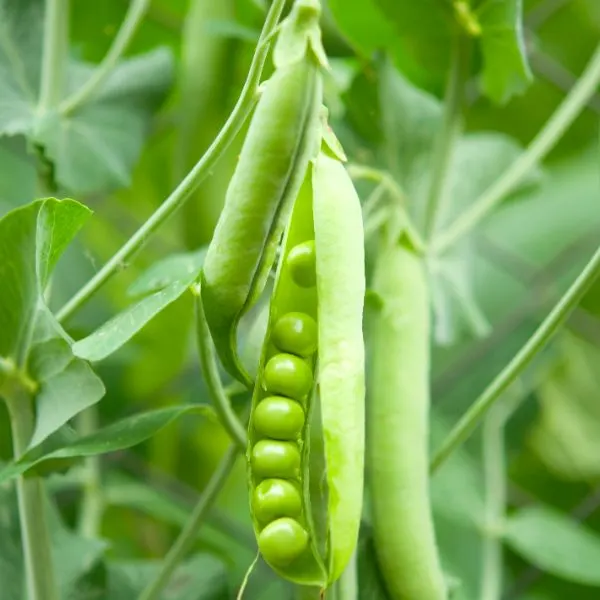
When it comes to the jalapenos’ companionship with legumes, it can be pretty confusing, especially for beginner gardeners. While some experts argue for it, others argue against pairing jalapenos and legumes, such as beans and peas.
Ultimately, it all depends on your preferences and how the two plants coexist in your garden. If you are confident and comfortable enough, you can always try out this companionship. If it doesn’t work out for you, that’s also fine.
When grown earlier in the season, they go much deeper into the ground earlier before you plant jalapenos. This, in turn, allows enough time for the balance of nitrogen levels in the soil. Now, managing the nitrogen levels eliminates the risks of pairing peas and jalapenos.
This is because the high nitrogen levels are what risk damaging the jalapenos. By the time your jalapenos start to grow, you can trim down the peas at the base to leave the roots. This allows for alternate growing, ensuring the plants don’t interfere with one another.
Alternatively, you can continue to grow and support the peas on a vertical structure or trellis. The shade produced by the pea plant will help to shield the peppers from excessive sunlight along the way.
36. Cowpeas
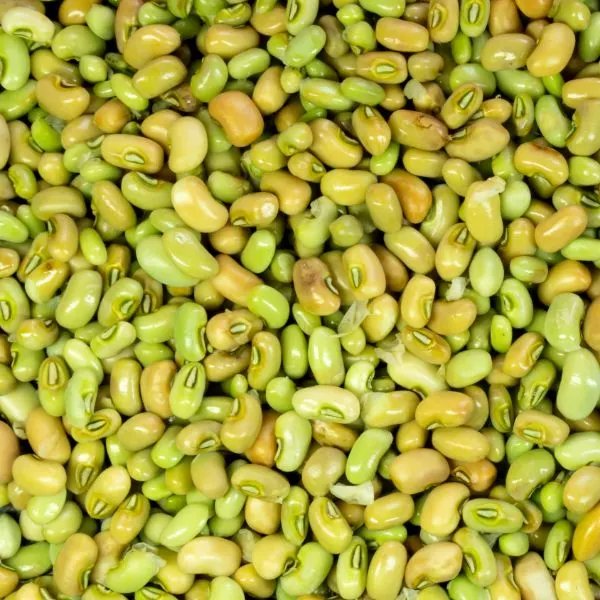
Also known as black-eyed peas, cowpeas are another type of legume you can pair with peppers. Cowpeas boast pest-controlling properties. Green stink bugs, in particular, have an affinity for cowpeas and will ditch pepper plants for peas.
37. Bush Beans
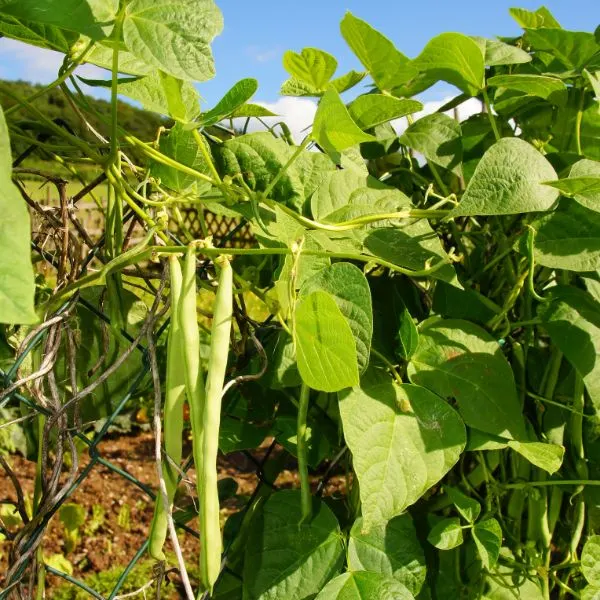
Bush beans, like other legumes, feature a nitrogen-fixing function. This helps to harness ample nutrients to nourish jalapenos. You can also pair bush beans, corn, and squash for the complete three sisters growing garden and pair them with peppers to harness the most benefits.
In this arrangement, bush beans promote nutrient supply while the corn provides a climbing structure for the beans. Together, the three sisters also provide jalapenos with shade, protect them from strong winds, and crowd out weeds.
Note: Three Sisters refer to the three crops, i.e. beans, corn, and squash, traditionally planted by Native Americans. These three food crops were chosen for their ability to complement one another nutritionally and in the garden.
38. Green Beans

While some gardeners swear to pair green beans and jalapenos, others advise against it. The best way to decide is to try planting them and determine this for yourself. After all, many gardeners have reported having zero issues with the pairing.
Green beans prefer neutral soil although they can tolerate the slightly acidic levels that pepper loves. Green beans, including dwarf French beans, help to fix nitrogen in the oil to create ample nutrients to feed other plants, including jalapenos. They also use up space to crowd out weeds while their vines repel winds and provide shade.
Herbaceous Flowering Plants
39. Yarrow

In addition to edible vegetables and herbs, jalapeno peppers also thrive paired with ornamental herbaceous flowering plants. Yarrow is one of these plants that grow incredibly well with peppers. This beginner-friendly plant is extremely low maintenance, yet, it adds undisputable beauty to your garden.
It grows small clusters of flowers in a range of colors, including white and yellow. These flowers help to attract multiple pollinators, particularly ladybugs. On the other hand, ladybugs come with a jalapeno-favoring property, i.e. they feed on aphids.
40. Sunflowers
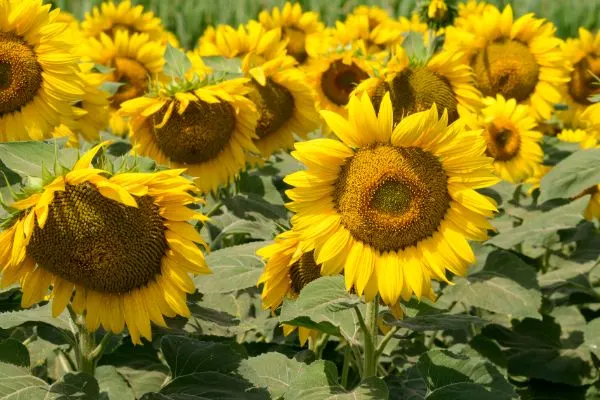
Sunflowers are what you pair with jalapenos for a unique and gleaming garden look. In addition to their vibrant and large blossoms enlivening your garden, they also attract a bunch of useful pollinators, including bees and birds.
These pollinators, in turn, help to clear out problems such as unwanted pests and sunflower seeds. Sunflowers are also quite tall, growing up to 6 feet tall. This allows them to provide ample shade and a high wind barrier.
41. Geraniums

Geraniums are another beautiful flowering plant to add to the garden while also pairing with peppers. These flowering plants grow plush blossoms with an intoxicating aroma and in different shades. As a result, they attract a number of pollinators. Geraniums also help to repel Japanese beetles and are known as the best wasp repellants.
42. Petunias

Petunias grow ornamental cup-like and fragrant flowers, typically at the tip of the branches with spirally arranged stamens. Their beautiful and colorful flowers attract pollinators, like bees and hoverflies. Petunias are also effective at repelling a good number of pests. These include aphids, flies, asparagus beetles, leafhoppers, and tomato worms.
43. Nasturtiums
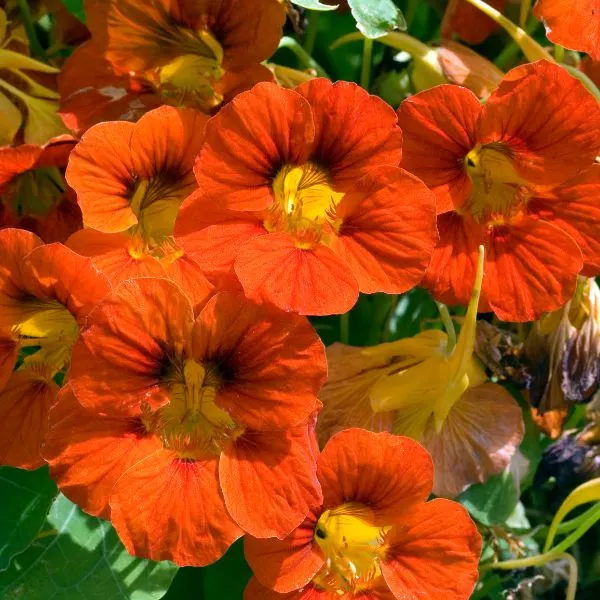
Nasturtiums grow striking light green leaves that support smaller bright yellow, orange, or red flowers. The funnel-shaped flowers also feature a long spur filled with sweet nectar. This allows the flowers to attract a range of pollinators to promote even better plant growth. On the other hand, nasturtiums are also excellent trap plants. They are a favorite of aphids, helping to deter them from pepper plants.
Capsicum Family
44. Bell Peppers
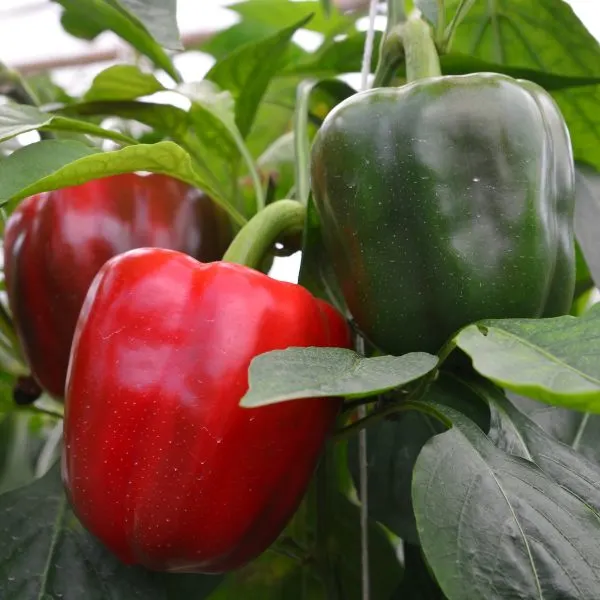
Did you know that jalapenos pair perfectly with a member of the capsicum family which they are also members of? The capsicum family is made up of a long list of peppers, ranging from the sweeter bell peppers to the hot and spicy Serrano, poblanos, jalapenos, habaneros, and scotch bonnets.
Bell peppers grow comfortably with jalapeno peppers as they both thrive in similar conditions. Yet, they don’t compete for nutrients. However, while they grow well together, there’s no clear benefit of pairing the two plants.
45. Jalapeno Peppers
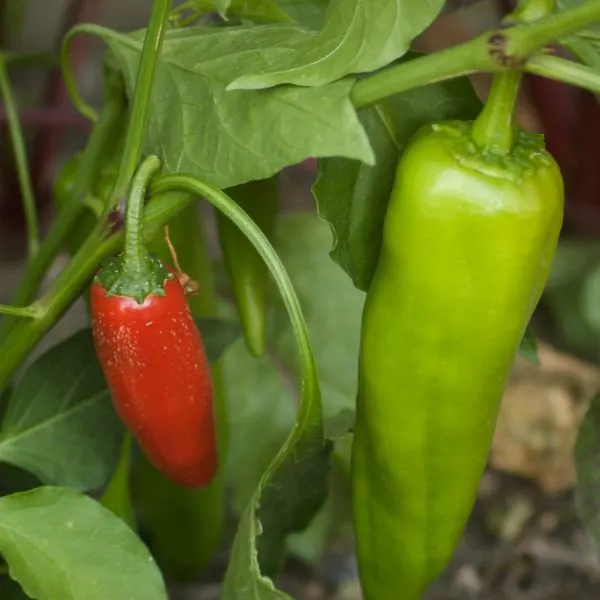
You can also pair jalapeno plants together without experiencing any issues. Planting jalapenos with fellow plants even promotes more harvests. But, for the best results, you want to space out each plant. You want to leave at least 12 to 20 inches between each plant (from stem to stem). This is because peppers require ample room to grow and produce their fruits.
8 Worst Companion Plants for Jalapenos
No doubt, jalapenos pair well with a long list of different plant types. Nonetheless, there are a few plants you want to absolutely avoid pairing with jalapenos. Different bad companion plants for jalapenos come with varying disadvantages; these include affecting their flavor and even competing for nutrients. Here is a complete lineup of the worst plants to pair with jalapenos.
Fellow Chilies/Capsicum Family
1. Habanero
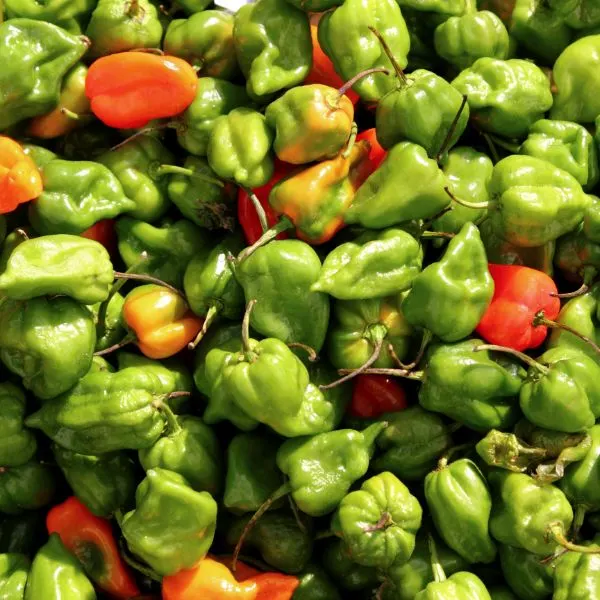
Jalapenos grow well with some of the peppers in the capsicum family, but not all. Habaneros is an example of capsicum members to avoid growing with jalapenos. This is because these two peppers don’t only share similar growing conditions. They also rely on the same nutrients. So, paring the two plants leads to completion for nutrients, leaving them weak and affecting their harvest.
Legumes
2. Beans
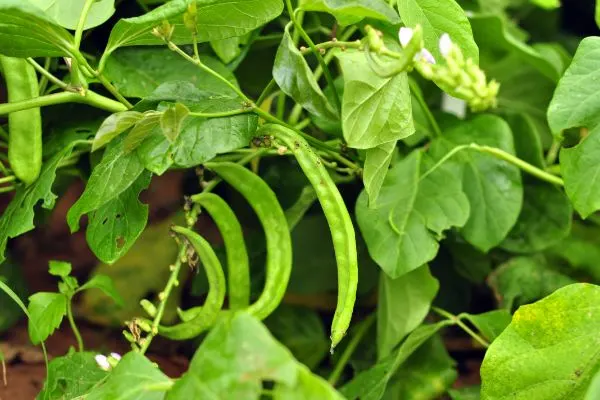
As mentioned above, legumes fall under the best and worst companion plants category for jalapenos. The reason why beans are not the best companion plants for jalapenos is that they have completely different growing needs.
3. Peas
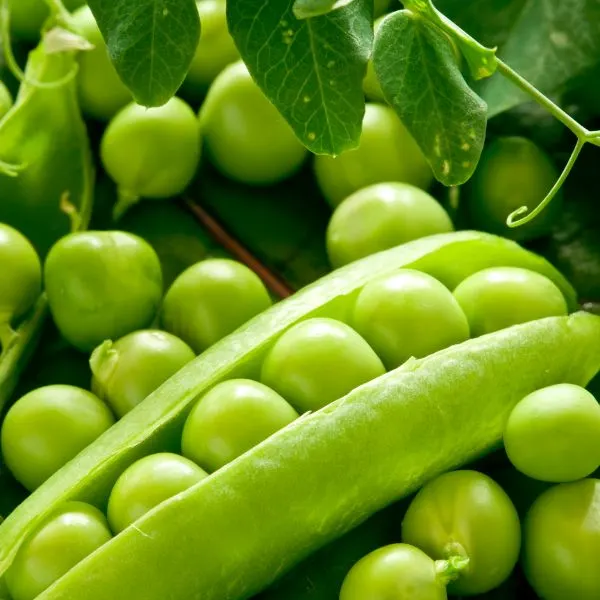
Like beans, peas, and jalapenos also have different growing nutrient needs.
4. Brassicas
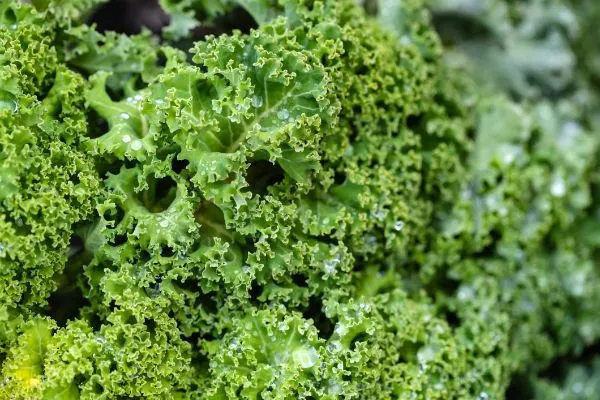
A few Brassicas grow perfectly with jalapenos. But, there are also several Brassicas you want to keep away from the pepper plant. Common Brassicas to avoid pairing with jalapenos include cabbages, cauliflower, broccoli, brussel sprouts, kale, and kohlrabi.
This is because cabbages are known to deter the growth of peppers, including jalapenos. While forming part of the capsicum family, jalapenos, like other peppers, are also nightshades. Brassicas do a good job at deterring the growth of nightshades as they have competing soil needs.
Pairing the two types of plants results in them competing for nutrients, such as vitamins and minerals. This, in turn, leads to stunted growth and poor fruit production. Peppers are usually the victim because their requirements are slightly less heavy than those of Brassicas.
Vegetables
5. Potatoes
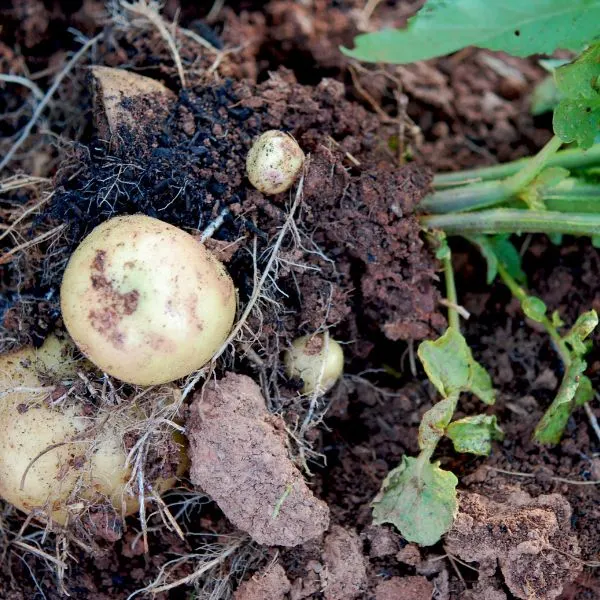
Another member of the nightshades, potatoes don’t grow well with jalapenos, either. This is because the two plants have similar pest and disease problems. So, when paired together and one plant suffers, it’s easier for the disease or pest problem to rapidly spread. Further, potatoes have a very messy harvest process, making it easy to disrupt your peppers during their harvest.
6. Fennel
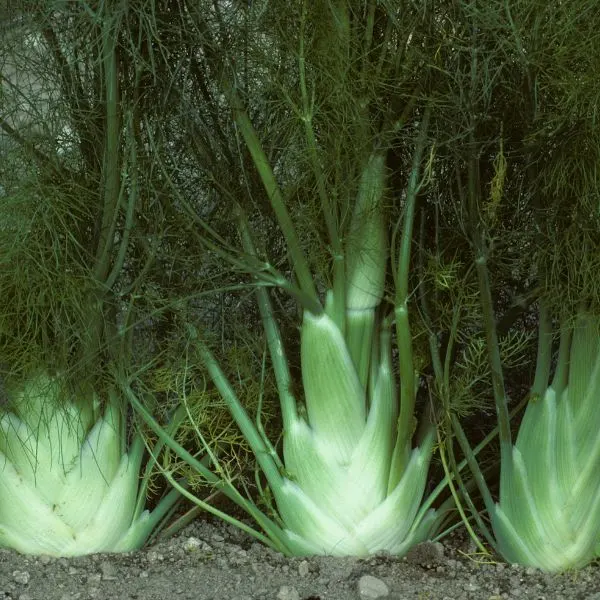
Fennel is another infamous bad companion plant to avoid pairing with jalapenos. In fact, many plants don’t grow well with fennel. This is because this vegetable is allelopathic. This means that it produces toxins in its seeds that can easily destroy neighboring plants.
This is the vegetable’s natural surviving technique as killing other plants leaves resources for the fennel. Unfortunately, jalapenos are one of the plants that easily die off from the toxins when planted near fennel.
Fruits and Berries
7. Apricots

Two key fruit trees make it on the list of plants to avoid pairing with jalapenos. Apricot trees are one of them. This is because peppers are susceptible to diseases that can easily spread to the trees when planted nearby. This, in turn, stunts the tree’s growth and affects fruit production. Over time, some of the diseases can even kill off the trees.
8. Strawberries
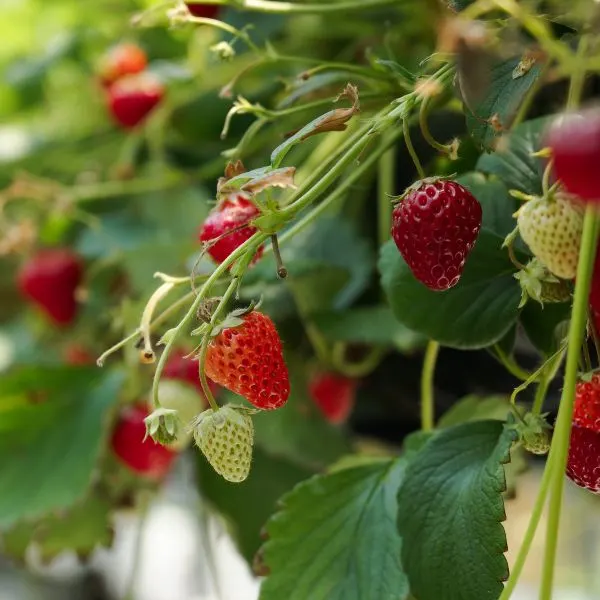
Strawberries are unfortunately another fruit tree to avoid planting near jalapenos. Strawberries are susceptible to the verticillium fungus which causes wilting. Strawberries suffering from the fungus can also contaminate the soil for a long time, up to 5 years. The worst part is members of the nightshade family, including jalapenos, are susceptible to the same disease.
Frequently Asked Questions (FAQs)
Can You Grow Jalapenos Indoors?
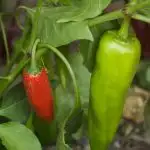
Absolutely! Jalapenos can grow perfectly indoors and outdoors. In warmer climates, jalapenos do better outdoors. You can plant them in large containers or pots, raised beds, or in the ground. Alternatively, if you plant them in containers indoors, move them outdoors during the summer season.
Can Jalapenos Tolerate Cold Climates?
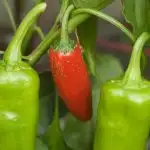
Jalapenos don’t tolerate cold climates as they require warmer temperatures between 65 and 90 degrees Fahrenheit. When you plant them in lower temperatures, they risk collapsing and dying off from frost. If you live in a cold climate and love to plant jalapenos, you can keep them indoors in pots and move them out during the summer season.
How Long Do Jalapenos Take To Grow?

Jalapenos take about 80 days to fully mature from seed to harvest. A standard jalapeno plant grows to about 2 feet tall during the harvest period.
Conclusion
Choosing the best jalapeno companion plants involves understanding the needs of your jalapeño peppers and how they interact with others. Leafy greens, sweet peppers, and even native plants can be great options, making them good neighbors in your garden. By fostering these relationships, you ensure not only the health but also the flavor of peppers is maximized, with an excellent companion plant at every turn.
Whether you want to improve flavor, boost harvest, repel pests, or simply add interest to your vegetable garden, you can always find the perfect choice.
However, it’s also important to remember that jalapenos have a wide range of companion plants. It is most likely impossible to incorporate all the plants into the garden. After all, some don’t get along well. So, it’s a good idea to map out your garden and decide what to pick and what to leave.
